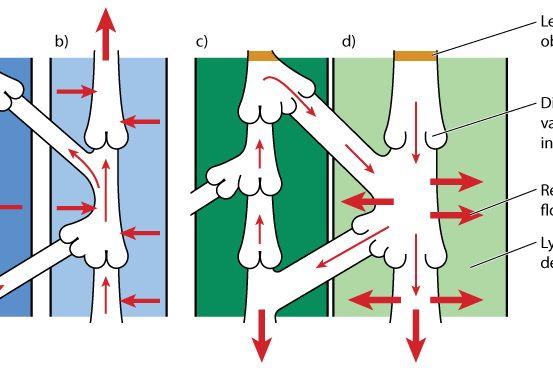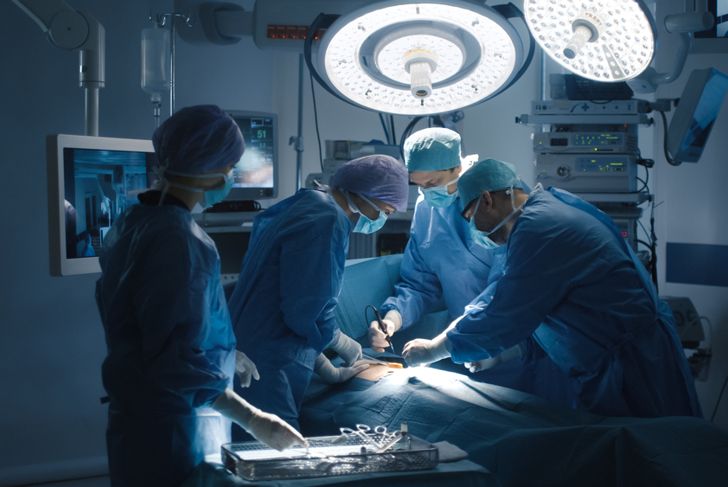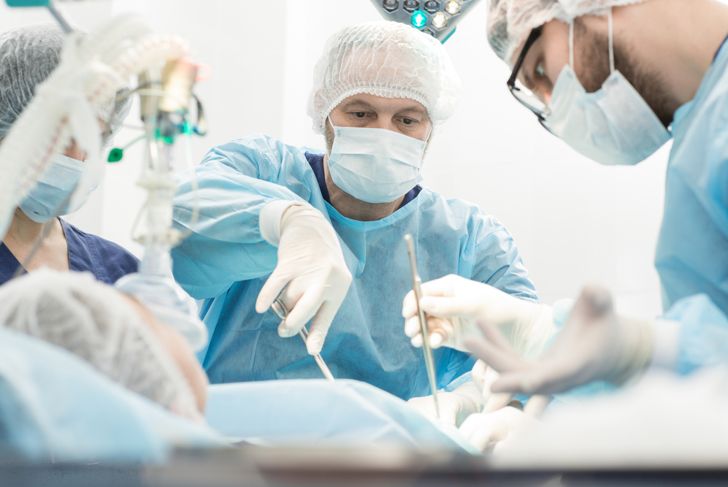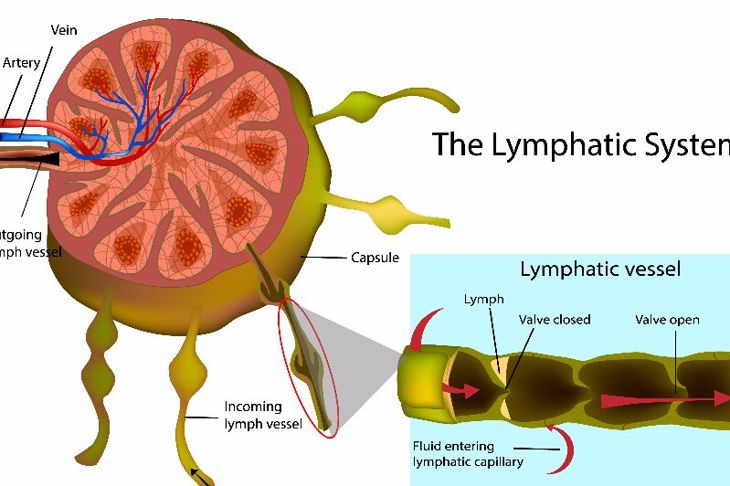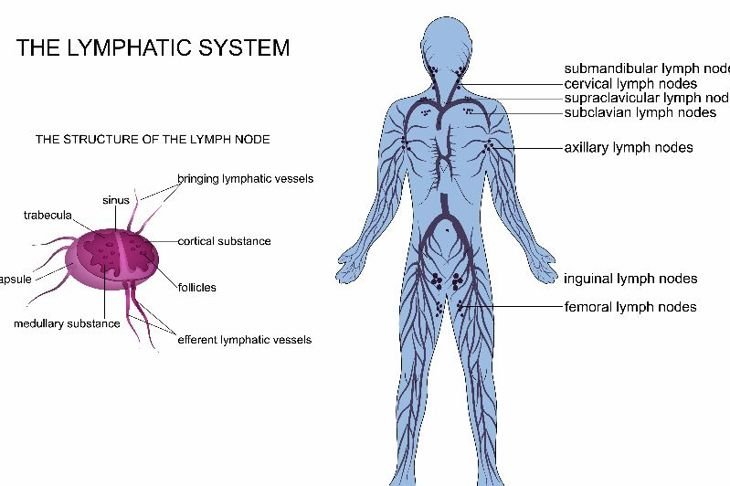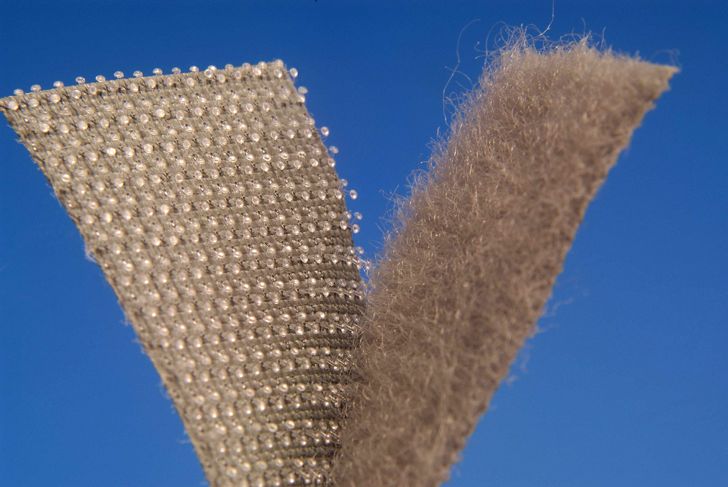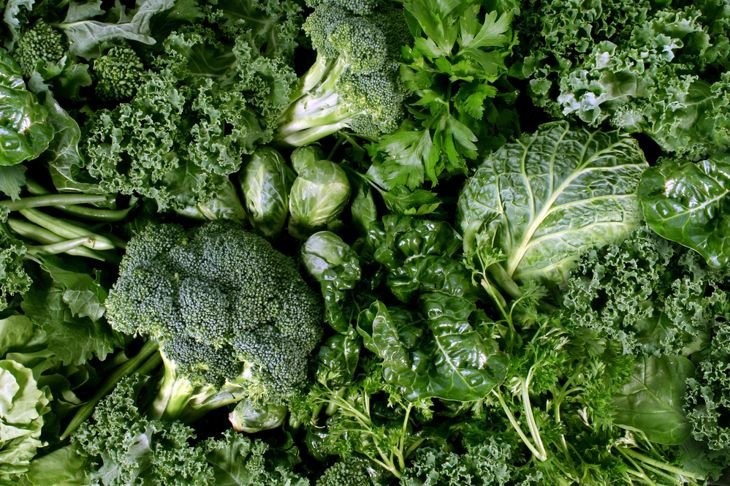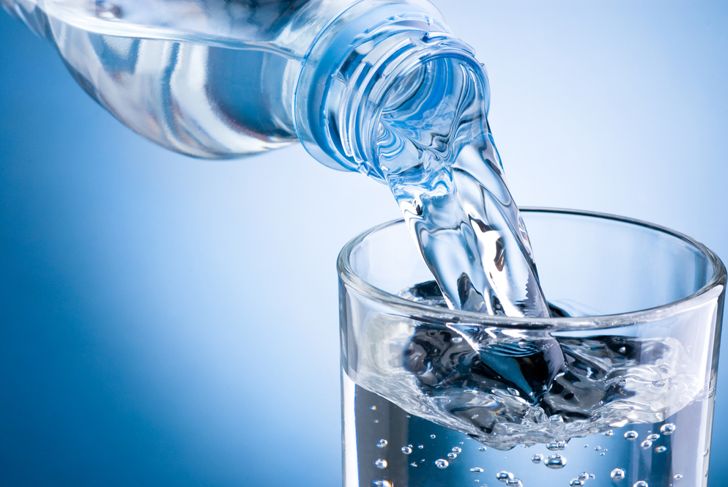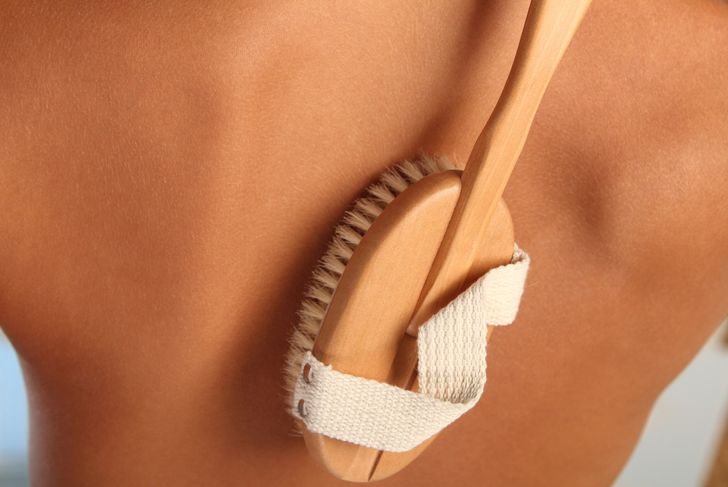Lymphoedema is a chronic disease that causes body tissues to swell. It occurs due to a malfunction of the lymphatic system the body uses to resist infection and rid itself of accumulations of fluids. Usually, it affects arms or legs, but it can break out in any part of the body. Swelling of limbs is the most obvious symptom, but patients also suffer from repeated infections, aches, fluid leaks through the skin and a number of other health issues. At first, swelling tends to be worse during the day, but the condition soon worsens without appropriate treatment. Early identification makes a major difference to how effective treatments can relieve disease symptoms.
Decongestive lymphatic therapy (DLT) treatment
DLT is a four-stage treatment approach that takes a number of months. The therapist applies compression bandages that help to get excess fluid out of infected limbs and prevent new fluid accumulations. In addition, the treatment involves measures to keep the patient’s skin healthy and avoid infections. Additional phases involve muscle exercises that improve drainage of fluids and steps to improve the flow of fluids and lessen the chances of infection. It is important to note that DLT is not a cure for the disease but a proven way to keep it under control. It also needs a follow up “maintenance” program with regular reviews of the patient’s condition.
Debulking surgery
In a small number of instances, specialists recommend surgical treatments. The swelling of limbs is one of the lymphoedema symptoms where a surgical treatment approach could be beneficial. Debulking is one of the surgical options. The name of this procedure reveals the aim of removing “bulk” from the body. This refers to the bulk or swelling, that appears in limbs affected by lymphedema. The surgeon removes folds and other unwanted excesses of skin and the tissue that lies beneath it.
Liposuction surgery
This surgical treatment might help in a small number of cases of lymphedema. Swellings of fat are one of the principal symptoms of this disease. The surgeon makes a small cut in the patient’s skin to perform the liposuction surgery. They insert a very thin tube through this cut to suck out these accumulations of fat from the tissue. This procedure reduces the swelling in the limb, but it also involves a long after surgery stabilization process. The patient needs to keep a compression glove (or another type of compression garment) on this limb 24 hours a day and seven days a week for an entire year or more. This is essential to avoid a recurrence of swelling in this limb.
Measures to improve the liquid flow through the limbs
Surgery might also help ease the problem of liquids accumulating in limbs and then leaking out through the skin. The surgeon can take several steps to improve this flow of liquid that is vital for the body’s ability to prevent leaking of fluids and avoid infection. One of the best-known procedures is the lymphaticovenular anastomosis. The surgeon helps restore liquid flow through the lymphatic system by connecting it to close by blood vessels.
Specialist massage treatments
Massages are one of the elements in decongestive lymphatic therapy, or they may be taken independently. These are specialist treatments that differ from the kind of messages you might get to help relieve a strained limb or to relax. For example, the message specialist might perform manual lymphatic drainage (or MRD). This message procedure removes fluid accumulations into areas where lymph nodes continue to work well, and so the fluids drain out of the body. Another message method is Simple Lymphatic Drainage (SLD). This is a technique to prevent the swelling returning that patients learn to perform on their own.
Use Velcro wraps
Most conventional lymphoedema treatments require the patient to wear compression bandages or gloves and other kinds of compression garments. These devices help to force out excess fluids from limbs and prevent this swelling reoccurring. Although these bandages work well, some patients find them difficult to apply. Velcro wraps offer a much easier to apply an alternative to compression bandages and garments, and they work just as effectively. Medical care providers explain to patients how they need to apply the Velcro wraps or compression bandages.
Improvements in diet
Natural healing treatment approaches seem to become increasingly popular, but the extent they can supplement or even replace standard medical practice remains open to dispute. However, certain dietary changes appear to offer some benefits. For example, fresh fruit and vegetable juice extracts provide essential mineral and vitamins that boost immunity. Increasing the number of green vegetables in meal plans strengthens the body’s ability to resist inflammation. At the same time, a reduction in processed and sugary foods in the diet lowers the risk of inflammations.
Make sure to stay well hydrated
This good advice applies to all individuals, but it has a special relevance for anyone who suffers from lymphedema. Drink generous amounts of natural mineral water each day to help the body wash out poisons and improve the functioning of vital organs. At the same time, avoid drinks with sugar and other additives. It is best to take the water in small cups at regular intervals. Someone who drinks a large amount of water at one time finds it tends to run through the system instead of becoming fully absorbed.
Get plenty of exercise
Exercises to improve drainage of body fluids form part of a standard decongestive lymphatic therapy treatment, but sufferers need regular exercise program in addition to these special routines. The best exercise format varies according to the severity of the disease and the patient’s capabilities. Walking, cycling and swimming are all examples of physical activities that stimulate the lymph system to perform its excess fluid removal task that much better.
Stimulate the lymph system through skin brushing
Some suggest that a gentle brushing of the affected skin areas causes the lymph nodes to do a more effective job cleaning out surplus fluids from the body. The evidence is anecdotal without backing from serious medical studies, but advocates of this approach remain convinced of its value.

 Home
Home Health
Health Diet & Nutrition
Diet & Nutrition Living Well
Living Well More
More